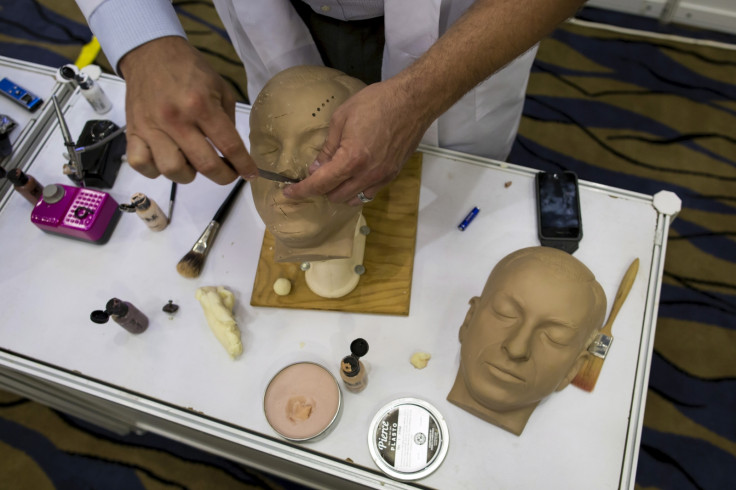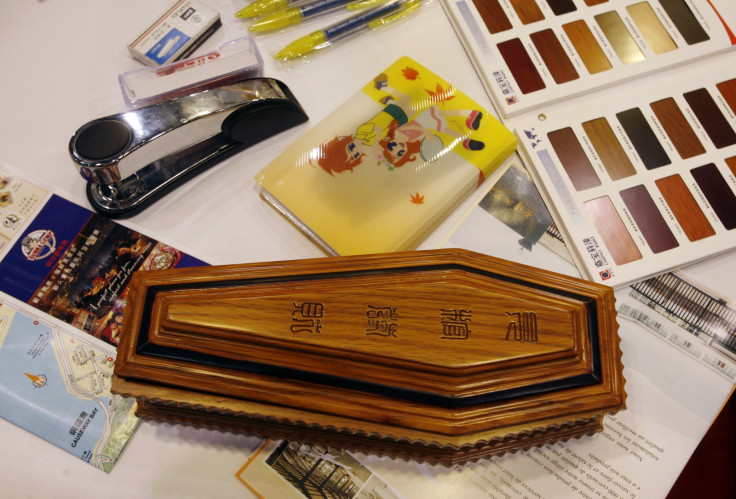China's funeral parlours are using 3D printing to reconstruct faces for corpses
Mortuaries are using 3D printing to reconstruct faces for disfigured corpses before open casket funerals.

Funeral parlours in China are turning to state of the art 3D printing technology to reconstruct faces for disfigured corpses so that grieving families can have open casket funerals.
Burying a loved one is always traumatic, but it is even more so when the person died due to a car accident, a fall, a fire or an explosion, and their face has become seriously deformed.
Morticians have a way around this – typically they will use everything from plastic cement and gypsum plaster to embalming fluid and hand stitching to fill in and reconstruct the face of the deceased, but this is a time consuming process that takes between three to seven days to complete.
To speed things up, the Babaoshan Funeral Home in Beijing has become the first in the province to use 3D printing to speed up facial reconstruction on corpses.
3D printing, also known as additive manufacturing, is a new technology that enables industries to manufacture materials much faster than the traditional injection moulding technique traditionally used.
Today, 3D printing is being used more and more in healthcare and to rapidly prototype designs in manufacturing, and there is a great interest in using 3D printed components to speed up production of aircraft and space rockets.
Instead of a week, a full facial mask can be 3D printed in just 12 hours, while a partial reconstruction takes only four hours to complete, using a new prototype 3D printer, scanner and software developed by the Ministry of Civil Affairs' funeral research body 101 Institute that can accurately model a person's head just by looking at a two-dimensional image of their face.
"Employees just need to scan a photograph into the computer and just need to click on the mouse to automatically generate a 3D model of the deceased, complete with realistic three-dimensional facial features," Li Yuguang, the deputy director of 101 Institute said at a press conference, according to Hexun News.

But Beijing isn't the only place in China that has implemented 3D printing for the mortuary industry – 3Ders reports that in March 2016, the Longhua Funeral Home became the first service in China to use 3D printing to produce accurate replicas of missing body parts to repair corpses.
The traditional method involves using wax moulds that are time consuming and often inaccurate, so instead the morticians are using silicone to print out the body parts.
In Chinese culture, doing anything involving death is considered to be highly unlucky and unhygienic, even though scientifically it has been proven that the microorganisms involved in decomposition do not cause diseases.
As a result, very few people are willing to work in the funeral services industry and those who do are considered as social outcasts. To try to change this, the Chinese government has been funding research to create solutions that set people at ease, such as disinfectant robots and 3D printing, as well as ensuring workers are offered high salaries and good benefits.
© Copyright IBTimes 2025. All rights reserved.






















